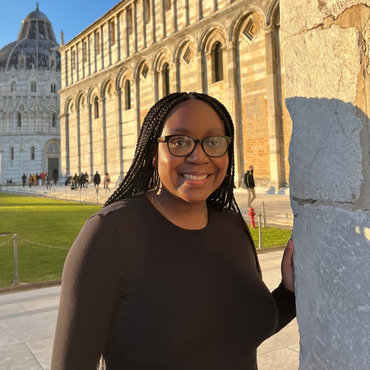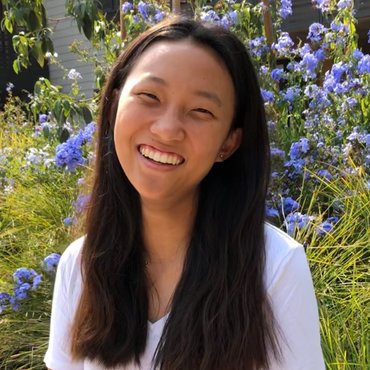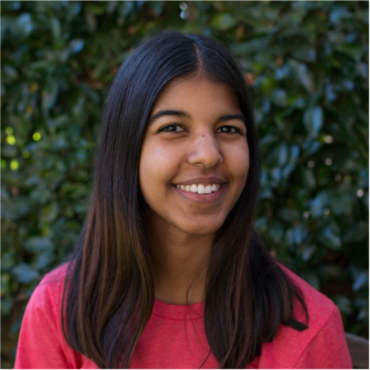
Kelly Dunn, ’22
Illustrating connections to place through animation
It was little over a year ago that I was living in Sitka, Alaska as part of Stanford’s Sophomore College course In the Age of the Anthropocene: Coupled-Human Natural Systems of Southeast Alaska.
Talking with Zach Brown, PhD ’14, the executive director of the Inian Islands Institute—an education nonprofit tucked into the heart of the Tongass National Forest—and several other Alaskan locals, I quickly learned how to differentiate currants from cranberries, butcher a deer, and haul in a fishing line. Rolling out of my sleeping bag each morning, I never ceased to admire the vastness of the forest canopy, the richness of the rivers (which, at this time of the year, were thick with salmon), and the unyielding nature of the Alaskan rain, which thundered down every night.

Moments like these highlighted the beauty of Alaska’s remoteness, earning its title as the “last frontier.” The land was a physical manifestation of the wilderness I had always fantasized about—a place devoid of people and urban structures, instead filled with nature in its purest form.
Yet, in further examining my emotions, I realized how problematic they were. Wilderness—legally defined as “natural, undisturbed territory” without modification from humans—didn’t truly exist; rather, it was conceptualized by the dominant environmentalist rhetoric. Humans had always been influencing and coexisting with the land and sea, from the Tlingit who had fished along the coast for centuries to the trawlers that bobbed in its oceans now. Ignoring this perspective of history felt wrong, effectively erasing generations of connection, narrative, and experience.

Interested in further exploring the connections between natural spaces and their human inhabitants, I approached Zach at the end of the course, hoping to return to the Inian Islands Institute in the summer. I pitched an idea to him: creating a five-episode series about the history of the local area through the eyes of its denizens. This series would be particularly useful because it could be scalable, allowing the educational institute to reach a broader, more diverse audience through the internet. It also spoke to a broadly recurring issue within conservation—specifically, the tension between accessibility and preservation. Through the video series, the Institute could also continue to share the magic of its land in an accessible manner, educating students about the power of land and stewardship. It would also be a way to center the voices of the community in the project.
Consulting with local Alaskan artists and combing through an existing archive of interviews (created by a previous student serving a Cardinal Quarter), I gradually crafted stories built on central themes of Alaskan culture—among them, food, fishing, and connection to nature.
While the remote aspect of the internship altered the course of the project slightly, it also allowed me to connect with a broader array of individuals, including local Alaskan artists and the entire Board of the Institute. Concurrently, I began teaching myself visual animation, drawing upon old photographs from the interviewees and sketching frames by hand.
My experience with the Inian Islands Institute showed me the importance of lifting up voices from the community, understanding how to be an asset, and always coming from a place of listening. As an artist, I learned how to embrace new mediums and form of expression, how to question my technique, and how to represent stories faithfully. You can watch the videos here.
Although tucked away in my bedroom for the summer—ostensibly the farthest removed from Alaska that I could have been—I felt closer than ever to the land and the individuals who shape it.


